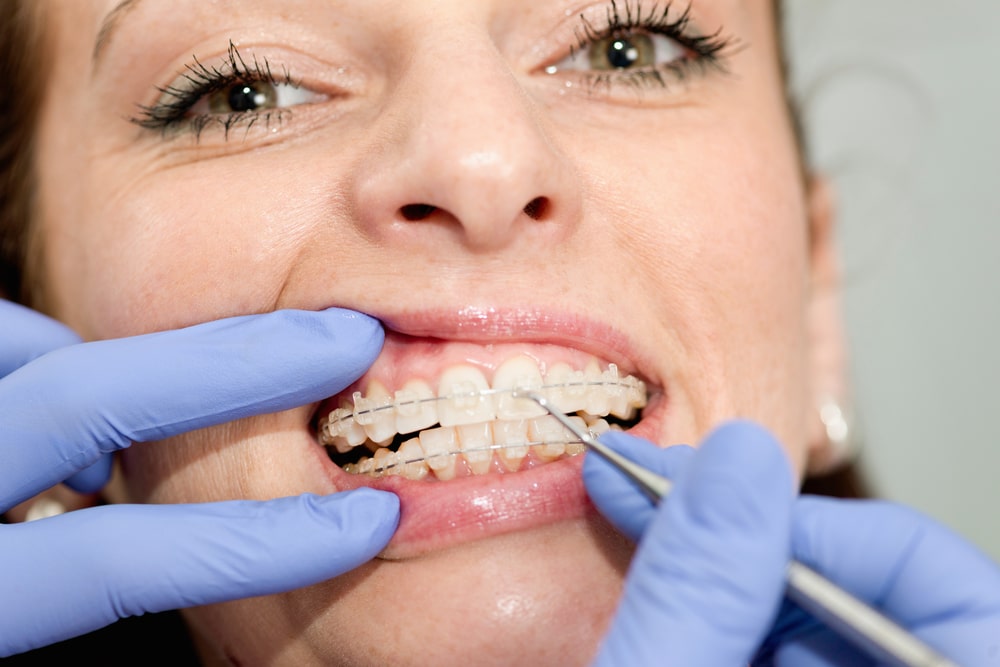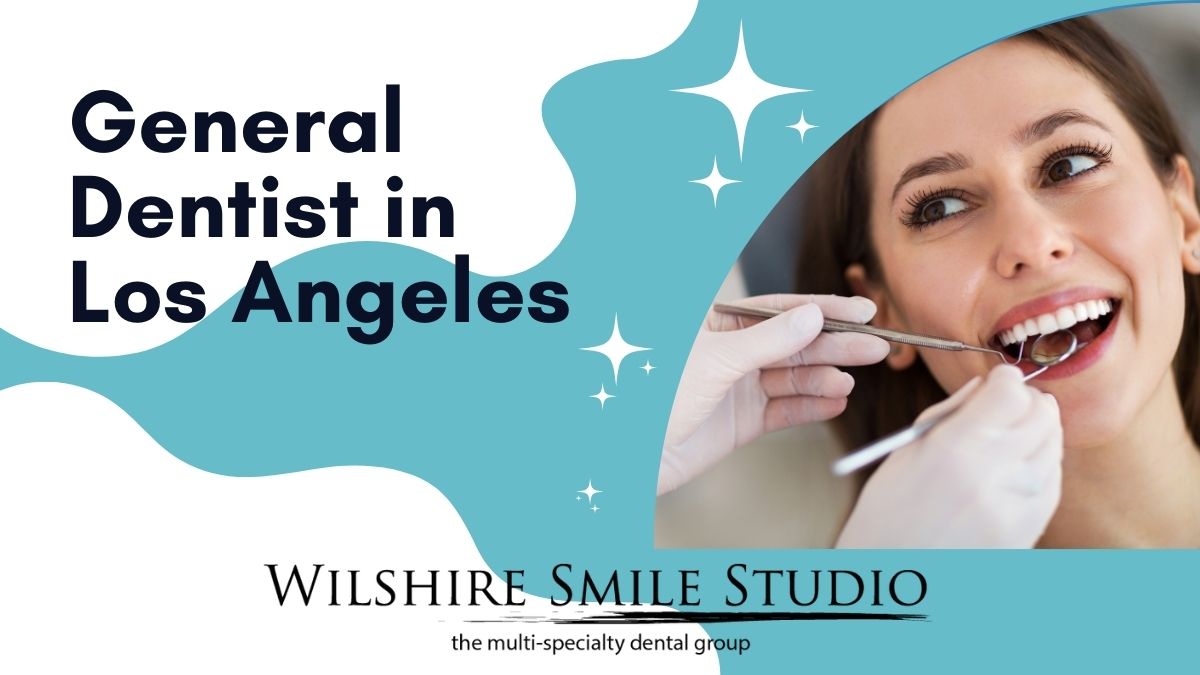The 10-Minute Rule for Legacy Orthodontics
The 10-Minute Rule for Legacy Orthodontics
Blog Article
Our Legacy Orthodontics Statements
Table of ContentsAbout Legacy OrthodonticsLegacy Orthodontics for DummiesSome Of Legacy OrthodonticsThe 3-Minute Rule for Legacy OrthodonticsOur Legacy Orthodontics Statements
At Advanced Orthodontics, we offer people with a alternative treatment experience. Furthermore, we provide adjustable therapy routines, versatile settlement choices and an enjoyable, delightful experience. leesburg orthodontics. Telephone call ( 480) 357-4900 today to find out more and timetable an appointment.An orthodontist is a dental expert trained to detect, avoid, and deal with teeth and jaw irregularities. They correct existing problems and are trained to recognize problems that might establish in the future. Orthodontists work with individuals of any ages, from kids to grownups. People frequently associate an excellent smile with health.
Malocclusion, or misaligned teeth, can lead to dental concerns, including tooth decay, gum tissue disease, and challenging or painful chewing. Not every person is born with straight teeth. If you have a bad bite or big rooms between your teeth, you might want to seek advice from a dental practitioner concentrating on orthodontic treatment.
Excitement About Legacy Orthodontics
( Photo Credit Score: DigitalVision/Getty Images) Orthodontists utilize repaired and detachable dental tools, like braces, retainers, and bands, to alter the placement of teeth in your mouth. Orthodontic therapy is for oral irregularities, including: Misaligned teethBite problems, like an overbite or an underbiteCrowded teeth or teeth that are also far apartJaw misalignmentThe goal of orthodontic therapy is to boost your bite.
A healthy and balanced bite ensures you can eat, eat, and talk appropriately. While you may think about orthodontists as generally for kids or young adults who require dental braces, they can correct dental problems at any type of age. Orthodontists attend college, oral school, and orthodontic institution. After graduation, they invest 2 or 3 years in an orthodontic residency program.
All orthodontists are dental practitioners, yet not all dental professionals are orthodontists. Orthodontic residency programs supply extensive, focused instruction for oral professionals. They focus on 2 locations: How to effectively and safely move teeth How to properly lead advancement in the teeth, jaw, and faceOnce an orthodontist has completed training, they have the choice to become board accredited.
Examine This Report on Legacy Orthodontics
Malocclusion leads to tooth congestion, a twisted jaw, or uneven bite patterns. Malocclusion is typically treated with: Your orthodontist attaches metal, ceramic, or plastic square bonds to your teeth.
If you have just small malocclusion, you might be able to utilize clear dental braces, called aligners, as opposed to conventional dental braces (https://www.easel.ly/browserEasel/14512767). Some people require a headgear to assist move teeth right into line with stress from outside the mouth. After braces or aligners, you'll need to put on a retainer. A retainer is a customized device that maintains your teeth in position.
They can develop extra space in the mouth without having to draw published here teeth. Orthodontists use cords, medical screws, or plates to sustain your jaw bone.
You might need to see an orthodontist if you have: Crowding or not enough space for every one of your teethOverbite, when your top teeth come over your base teethUnderbite, when your base teeth are as well far forwardSpacing or concerns with gapsCrossbite, which is when your upper teeth fit behind your bottom teeth when your mouth is closedOpen bite or an upright gap between your front bottom and top teethMisplaced midline, when the center of your base and top teeth don't line up Dealing with an oral malocclusion can: Make biting, eating, and speaking easierImprove the balance of our face and your general appearanceEase pain from temporomandibular joint disordersDifferent your teeth and make them much easier to clean up, aiding prevent tooth decay or cavities It's commonly a dentist who initially notices misaligned teeth during a routine exam.
The smart Trick of Legacy Orthodontics That Nobody is Discussing

During your first orthodontic assessment, you'll likely have: A dental examPhotos taken of your face and smileDental X-raysPanoramic (360 level) X-rays of your face and headImpressions to create mold and mildews of your teethThese examinations will assist your orthodontist know just how to continue with your treatment. leesburg braces. An orthodontist is a dentist that's had training to treat your teeth and jaw
An orthodontist is focused on your bite, so something like a broken tooth would be dealt with by a dental expert. Orthodontists are concentrated on your bite, or the method your teeth fit with each other, and the straightness of your teeth.
Ever before questioned how celebs constantly appear to have flawlessly straightened teeth? The answer frequently depends on the skilled hands of an orthodontist. Yet what specifically does an orthodontist do? Orthodontists are oral experts that concentrate on fixing irregularities in the teeth and jaws. Their knowledge surpasses just developing a gorgeous smile; it extends to improving your general dental wellness and function.
Some Known Details About Legacy Orthodontics

While dental braces are one of the most commonly recognized orthodontic therapy, orthodontists have a diverse toolkit at their disposal. The details strategy selected relies on the seriousness of the instance, the client's age, and specific choices. These tried-and-true dental braces utilize a system of braces adhered to the teeth and attached by cords.
Clear aligners, like Invisalign, are a popular option for clients looking for an extra very discreet treatment choice. These removable trays are custom-made to gradually move the teeth's position. Headgear may be used in conjunction with braces or aligners to apply extra targeted pressures, particularly for fixing jaw inconsistencies. In cases of slim jaws, palatal expanders can be utilized to create area for appropriate tooth placement.
Report this page